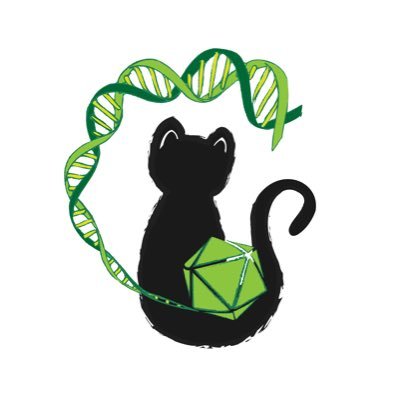
@SavageCatsOnly
Compartmentalizing your metabolism, and y’know, CRISPR stuff. Account managed by grad students and postdocs 🤙 @UCBerkeley @berkeleyMCB @igisci @HHMINEWS

@SavageCatsOnly
Compartmentalizing your metabolism, and y’know, CRISPR stuff. Account managed by grad students and postdocs 🤙 @UCBerkeley @berkeleyMCB @igisci @HHMINEWS